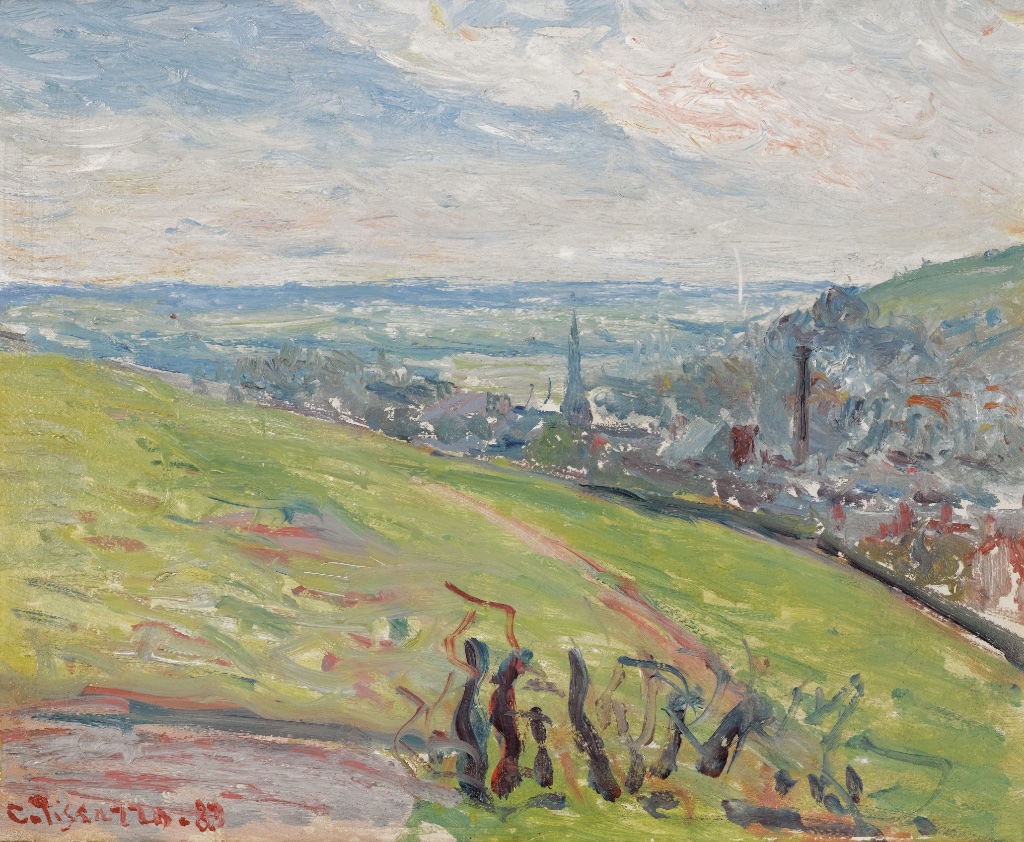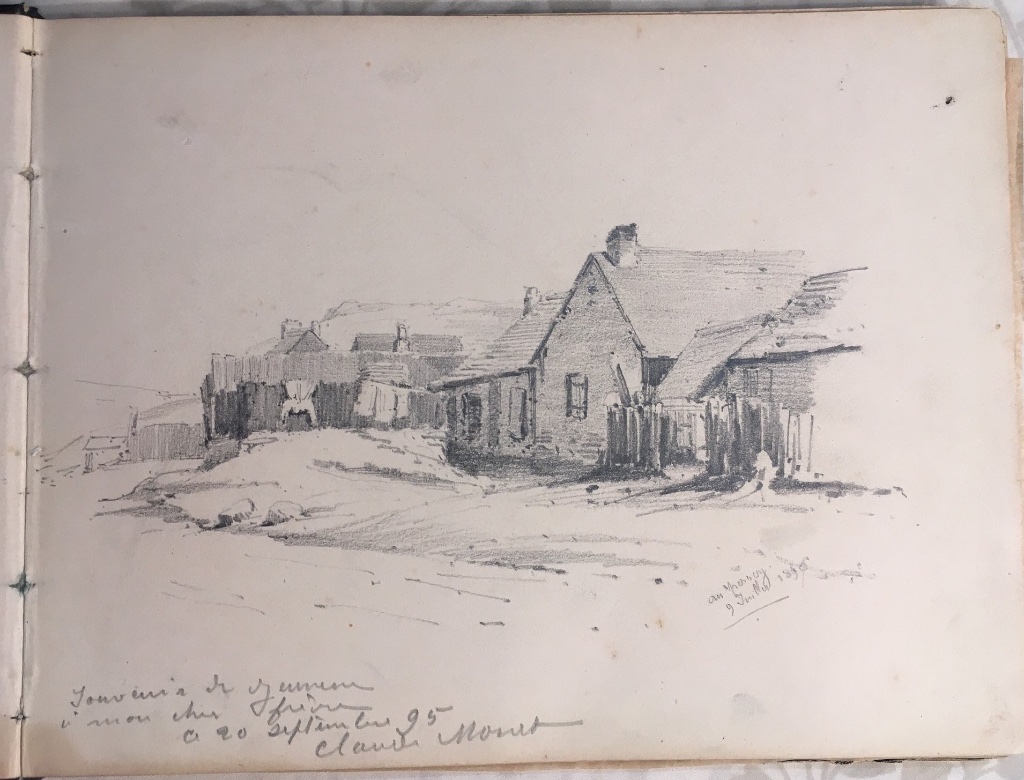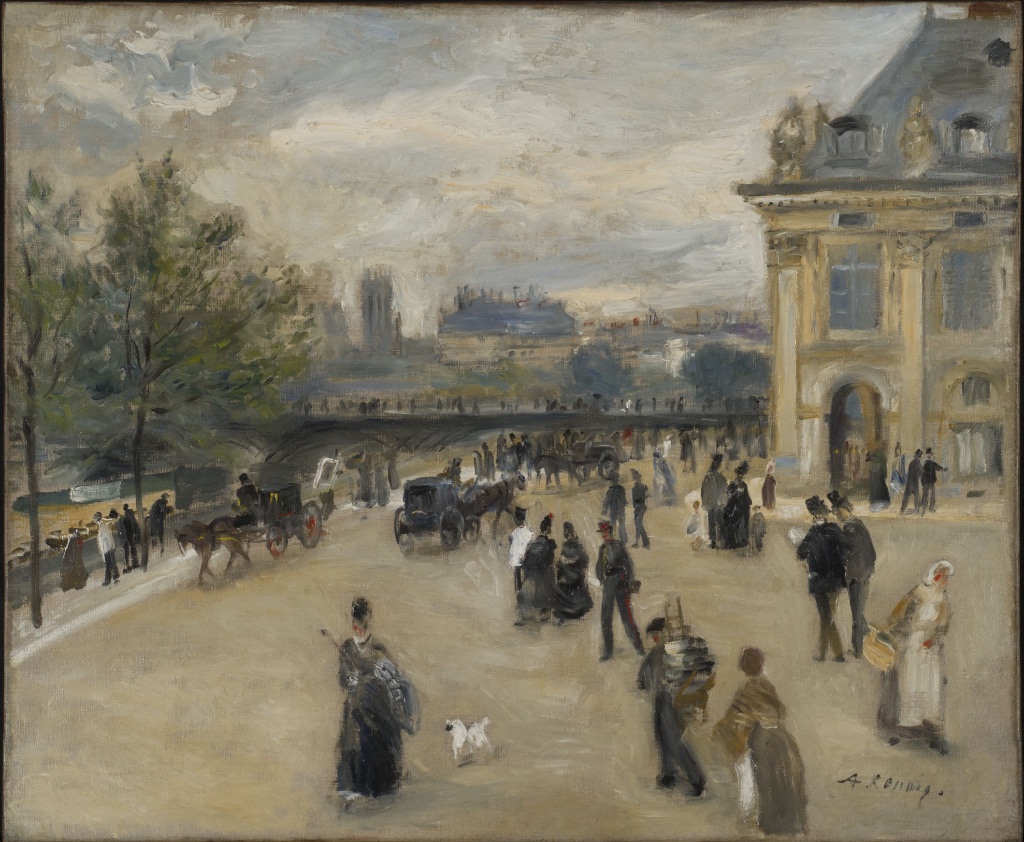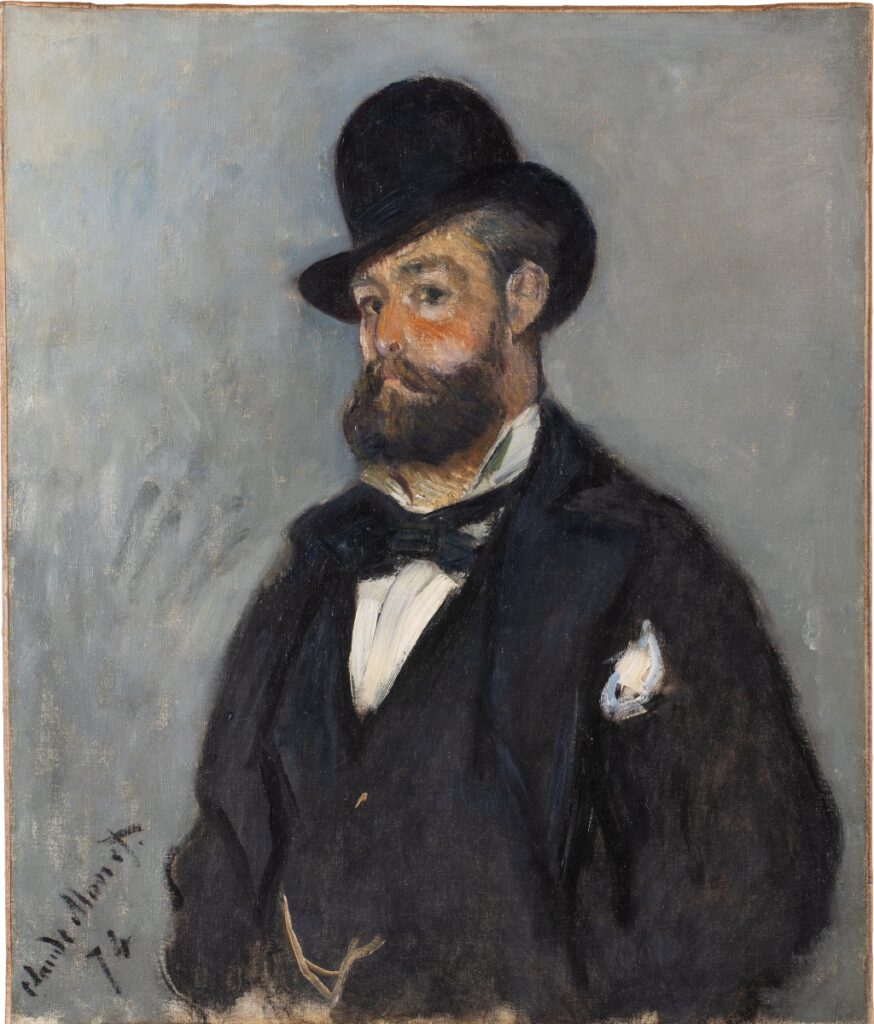
Who knew (or cared) that the great Impressionist painter Claude Monet had a big brother? Well, he did, and now the Musée de Luxembourg is devoting an entire exhibition to Léon Monet (1836-1917).
What makes a famous artist’s brother interesting enough to merit an exhibition? Léon was a great supporter of the work of his brother and of the Impressionist movement in general. He collected not only works by Claude but also by such renowned painters as Auguste Renoir, Alfred Sisley and Camille Pissarro, as well as some lesser-known but talented painters from the Rouen School. Many of these works are rarely seen as they are now held in private collections.

The exhibition documents the relationship between the two brothers through some of these paintings, family photographs and personal objects like Claude’s first two sketchbooks, which Léon bought and preserved.
Léon himself was a chemist and businessman who worked for a Swiss company that made synthetic colors, many of which came to be used by the Impressionists.
The centerpiece of the show is a striking 1874 portrait of Léon by Claude, which has never been exhibited before. The latter planned to take the portrait back to his studio to rework it but was convinced by his painter friends to leave it in its fresh, lively, unfinished state. Claude gave it to his brother, who apparently was not pleased and kept it hidden away.
It is mildly interesting to learn a little bit about the various Monets, but they seem to have been an ordinary bourgeois family that just happened to have an artistic genius in their midst. We see portraits of his relatives by the artist and a number of landscapes of picturesque spots on the Normandy coast made by Claude when he was visiting his brother.
A whole section of the show is devoted to the colors produced by Léon’s company, including some lovely Japanese prints that helped inspire the new synthetic fabric dyes and pigments being developed at the time, but the real interest of the exhibition lies in the Impressionist paintings on display.

Two touching exhibits end the show. One is Monet’s palette, still bearing the bright colors (and some pure black) he used to make his light-filled paintings, bringing together the interest of the two brothers in color and painting.
The other is more somber: a rather formal letter from Claude to Léon’s wife in 1917, in which he excuses his absence from his brother’s funeral for reasons of poor health and expresses his regret for not having made peace with Léon before he died. This is the only indication given in the show that the brothers had had a falling out.
The museum succeeds in bringing the Monet family back to a semblance of life in this compact show, but it would have been interesting to know what the fraternal in-fighting was about… Maybe that portrait of Léon?
See our list of Current & Upcoming Exhibitions to find out what else is happening in the Paris art world.
Favorite
